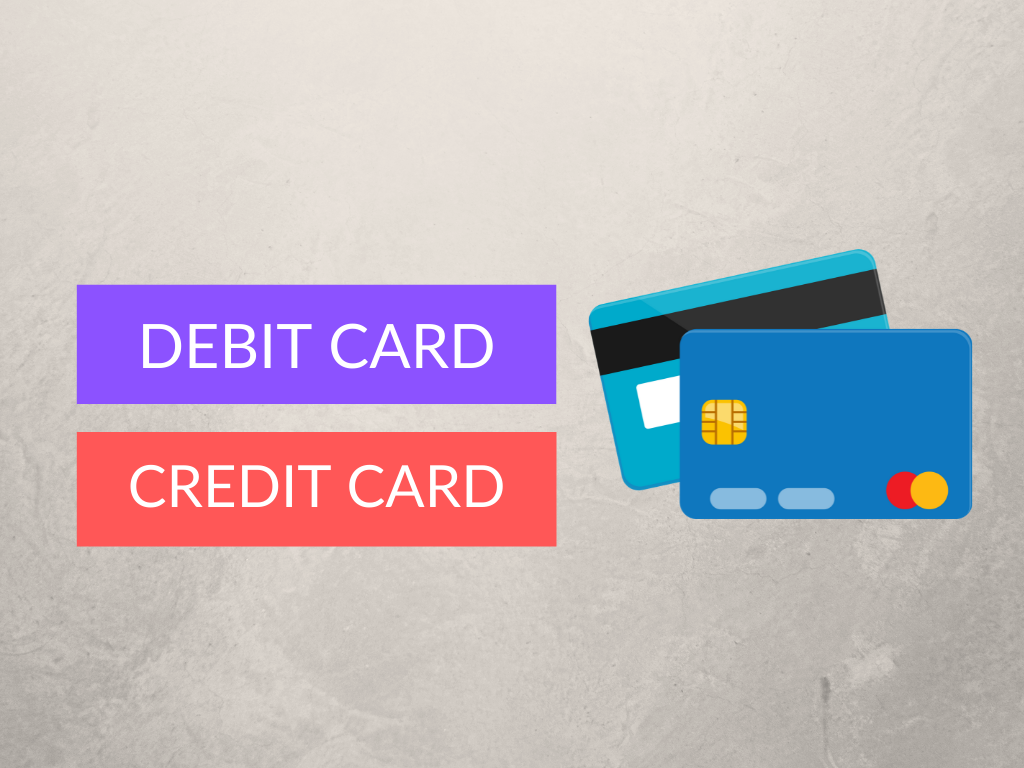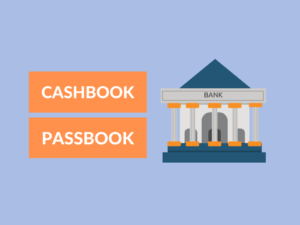Debit Cards and Credit Cards are the most preferred methods for consumers to pay for goods and services, Debit Cards and Credit Cards use forms of electronic payments to facilitate big and small merchants to conduct business. Debit card and Credit card providers have created dozens of different products to meet specialized market needs. The franchises are formed by the banks to facilitate one bank’s card could be accepted at another bank’s merchant. These franchises became known as “associations.” Visa® and MasterCard® are the largest card associations.
Most of the financial institutions offer automatic account alerts by phone or email when you do transactions
⦿ ATM withdrawals or any debit card activity exceeds your set limits
⦿ Your online ID or passwords change
⦿ Large transactions are made.
DEBIT CARD
A “Debit card” is a plastic payment card that is linked to the card owner’s deposit account at a bank. When the card is used, it accesses funds the card owner has in his bank account.
CREDIT CARD
A “Credit card” is a plastic payment card that facilitates you taking out a loan of money from the card issuer or from the bank from which you have a deposit account.
COMPARISON CHART
Now let us see the differences between Debit Cards and Credit Cards in the following chart.
| DEBIT CARDS | CREDIT CARDS |
|---|---|
| Debit cards mean “pay now from your money in the deposit account”. | Credit cards mean “Use the money now from the bank and pay later to the bank”. |
| History | |
| Debit cards were introduced in the 1980’s in the form of ATM cards to provide consumers with 24-hour access to cash in their current and savings accounts. | The modern day concept of the credit card is introduced by “Bank Americard” in 1958. Later, a group of banks in 1966 issued Master Charge to compete with 'Bank Americard', MasterCharge evolved into MasterCard®. |
| Usage Limit | |
| Debit cards come with daily spending and cash withdrawal limits. These limits are meant to protect you in case your card is stolen. | Each credit card has a maximum amount you are allowed to spend by credit. The maximum amount is called the credit limit. |
| Accepted By | |
| A debit card is accepted by almost every merchant in the world. Debit cards can be used at stores and restaurants, etc. | Credit cards are accepted by most merchant types, generally, credit cards are more frequently used for discretionary and luxury purchases such as travel and entertainment. |
| Charges | |
| Debit card companies usually charge their customers less because transactions on them are less costly to process. | The Credit card companies charge customers with higher fees because of the greater risk of transactions. |
| Usefulness | |
| Debit cards help consumers to limit their spending by using debit cards. | Credit cards help users by giving a free loan of money, which increases customer spending. |
| Types of Cards | |
| Debit cards, which are linked to customer’s bank accounts, come in two forms signature-based and PIN-based. Both capabilities usually exist on the same card. | There are different types of credit cards. Most popular among them are 'Secured Credit Cards'- you deposit a certain amount of money into your savings account and get a line of credit for the same amount. 'Unsecured Credit Cards'– You can borrow up to a certain limit given by the bank. |
| Promotional Rewards | |
| Debit cards provide rewards across categories like Grocery, Fuel, Pharmacy, Railways and Online. The rewards are offered by Visa and MasterCard | A rewards credit card can help you earn cash back, travel rewards and other perks with everyday purchases. |
| Security | |
| A Personal Identification Number (PIN) is associated with each debit card to protect against unauthorized use. Recently debit cards are coming with microchips embedded in them for better security. | Credit Cards come with an embedded microchip which provides additional security against duplication of the card. It also provides security in the form of a Personal Identification Number (PIN). |
| Transaction costs | |
| Banks usually don't charge account holders to use their ATMs and they charge a fee if you use another institution’s ATM with your debit card. | Credit Cardholders are charged for their atm withdrawals if they use another institution's ATM for withdrawal of money. |
CONCLUSION
Banks, associations, networks, and processors have created an extensive infrastructure for the banking industry to protect the safety and soundness of the card payment systems and also to safeguard and protect the interests of their customers. There are detailed rules and government regulations which every member of an association or network must follow.





